Xinjiang Tourism

-
Province:Xinjiang (Chinese: 新疆, Pinyin:Xīnjiāng)
-
Population :20,952,000
-
Area :1,660,001 square km (640,930 sq mile)
-
Overview:Xinjiang has been a multi-ethnic region since ancient times. The 13 ethnic groups that currently inhabit the region are the result of centuries of ethnic fusion, separation and re-fusion.
Overview
Xinjiang was an important area of commerce and culture on the Silk Road, momentous wash of religious influences over the past 2,000 years; Shamanist, Buddhist and Islam have given the people a sense of tolerance and hospitality that contrasts vibrantly with its harsh desert surroundings. With a population of about 70% Uyghur and the remaining 30% comprised of other ethnicities, Xijiang maintains the Silk Road's romantic identity as a cultural crossroads.
Know more
The recorded history of Xinjiang dates to the 2nd millennium BC. Many empires have controlled some of this area, including the Xiongnu, Han, Göktürks, Tang, Turkic Uyghurs, and Mongols. In ancient China, the area was known as "Xiyu" or "Western Regions", a name that became prevalent in Chinese records after the Han Dynasty took control of the region.
At the beginning of the Han Dynasty (206 BC - AD 220), the region was subservient to the Xiongnu, a powerful nomadic people based in modern Mongolia. In the 2nd century BC, Han China sent Zhang Qian as an envoy to the states in the region, beginning several decades of struggle between the Xiongnu and Han China over dominance of the region, eventually ending in Chinese success. In 60 BC Han China established the Protectorate of the Western Regions at Wulei ; near modern Luntai to oversee the entire region as far west as the Pamir.
After the fall of the Han Dynasty (220), the protectorate continued to be maintained by Cao Wei (until 265) and the Western Jin Dynasty (from 265 onwards). The Western Jin Dynasty succumbed to successive waves of invasions by nomads from the north at the beginning of the 4th century. The short-lived non-Han Chinese kingdoms that ruled northwestern China one after the other, including Former Liang, Former Qin, Later Liang, and Western Liáng, all attempted to maintain the protectorate, with varying extents and degrees of success. After the final reunification of northern China under the Northern Wei empire, its protectorate controlled what is now the southeastern third of Xinjiang. Local states such as Kashgar (Shule), Hotan (Yutian), Kucha (Guizi) and Cherchen (Qiemo) controlled the western half, while the central region around Turpan was controlled by Qara-hoja (Gao chang), remnants of a Xiongnu state Northern Liang that once ruled part of what is now Gansu province in northwestern China.
In the late 5th century the Tuyuhun and the Rouran asserted power in southern and northern Xinjiang, respectively, and the Chinese protectorate was lost again. In the 6th century the Turks began to emerge in the Altay region, subservient to the Rouran. Within a century they had defeated the Rouran and established a vast Turk Empire, stretching over most of Central Asia past both the Aral Sea in the west and Lake Baikal in the east. In 583 the Gokturks split into western and eastern halves, with Xinjiang coming under the western half. In 609, China under the Sui Dynasty defeated the Tuyuhun, forced him to take refuge in Qilian mountains.
Starting from the 620's and 630's, Chinese Tang empire conducted a series of expeditions against the Turks. Southeastern Xinjiang was placed under the Anxi Protectorate ; "Protectorate Pacifying the West") in 640. in 657, Tang army forced the surrender of the western Gokturks and took control of the Tarim Basin kingdoms.
By 745 the Uyghur Empire stretched from the Caspian Sea to Manchuria and lasted from 745 to 840.[citation needed] After the battle of Talas in 751, Uyghur Khaganate took control of northern Xinjiang, as well as much of the rest of Central Asia, including Mongolia, where their empire originated. It was also during this time that Tang China started a process of withdrawal from Central Asia.
In 1132, remnants of the Khitan Empire from Manchuria entered Xinjiang, fleeing the onslaught of the Jurchens into north China. They established an exile regime, the Kara-Khitan Khanate, which became overlord over both Kara-Khanid-held and Uyghur State-held parts of the Tarim Basin for the next century.
The Qing Empire, established by the Manchus in China, gained control over eastern Xinjiang as a result of a long struggle with the Dzungars that began in the seventeenth century. In 1755, the Qing Empire attacked Ghulja, and captured the Dzungar Khan. Since 1949 Xinjiang has been part of the People's Republic of China.
Must see
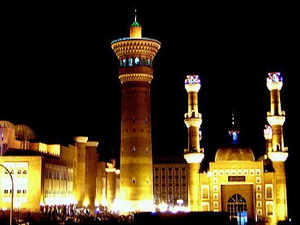
Urumqi is the capital of Xinjiang Uyghur Autonomous Region, in the northwest of the country. It is by far the largest city on China's vast Western interior....more
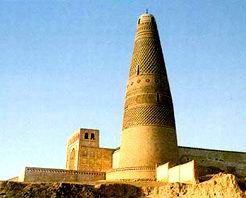
Turpan has long been an important trade centre in the history. It is located along the Silk Road's northern route....more
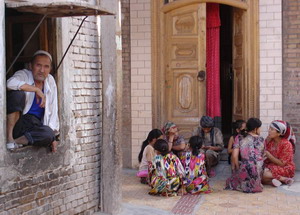
Kashgar is situated in the southwest of Xinjiang. From the west, this is the first point of arrival on land routes from Pakistan and Kirgyzistan....more


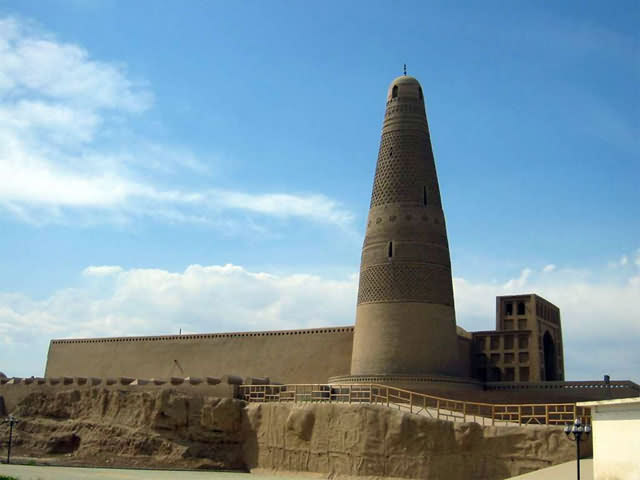
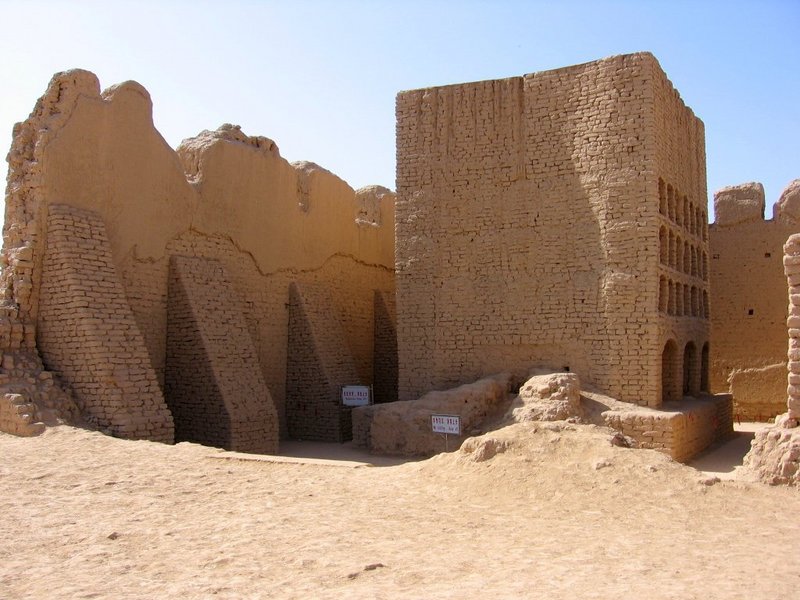

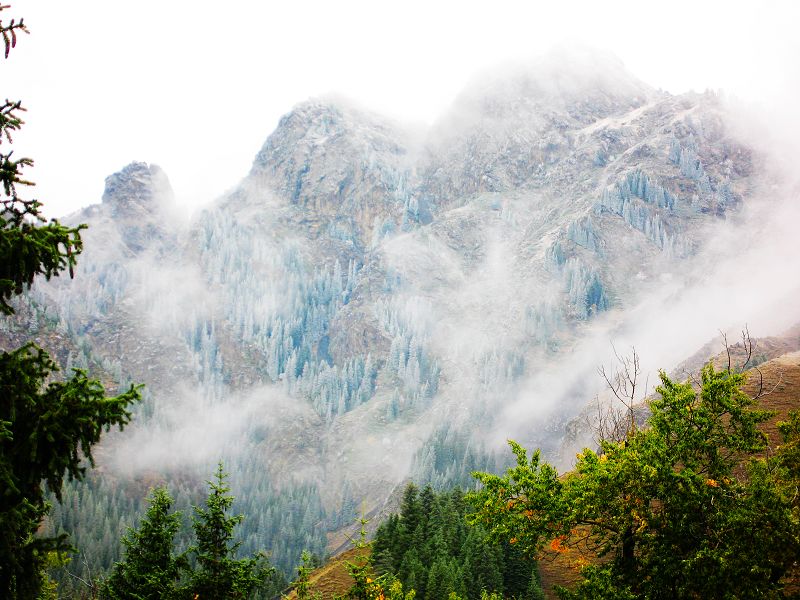
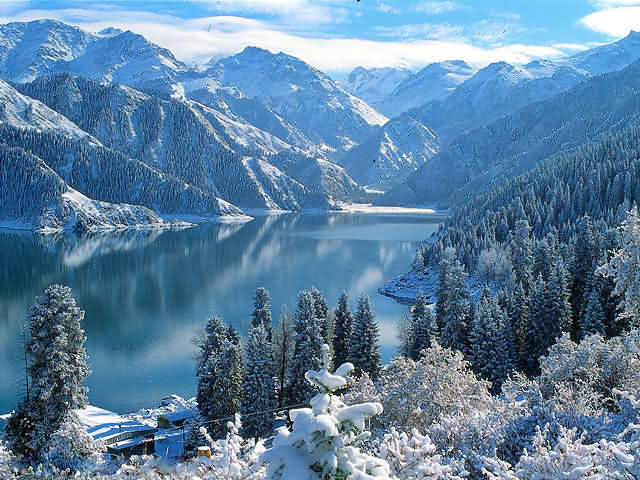
.jpg)
